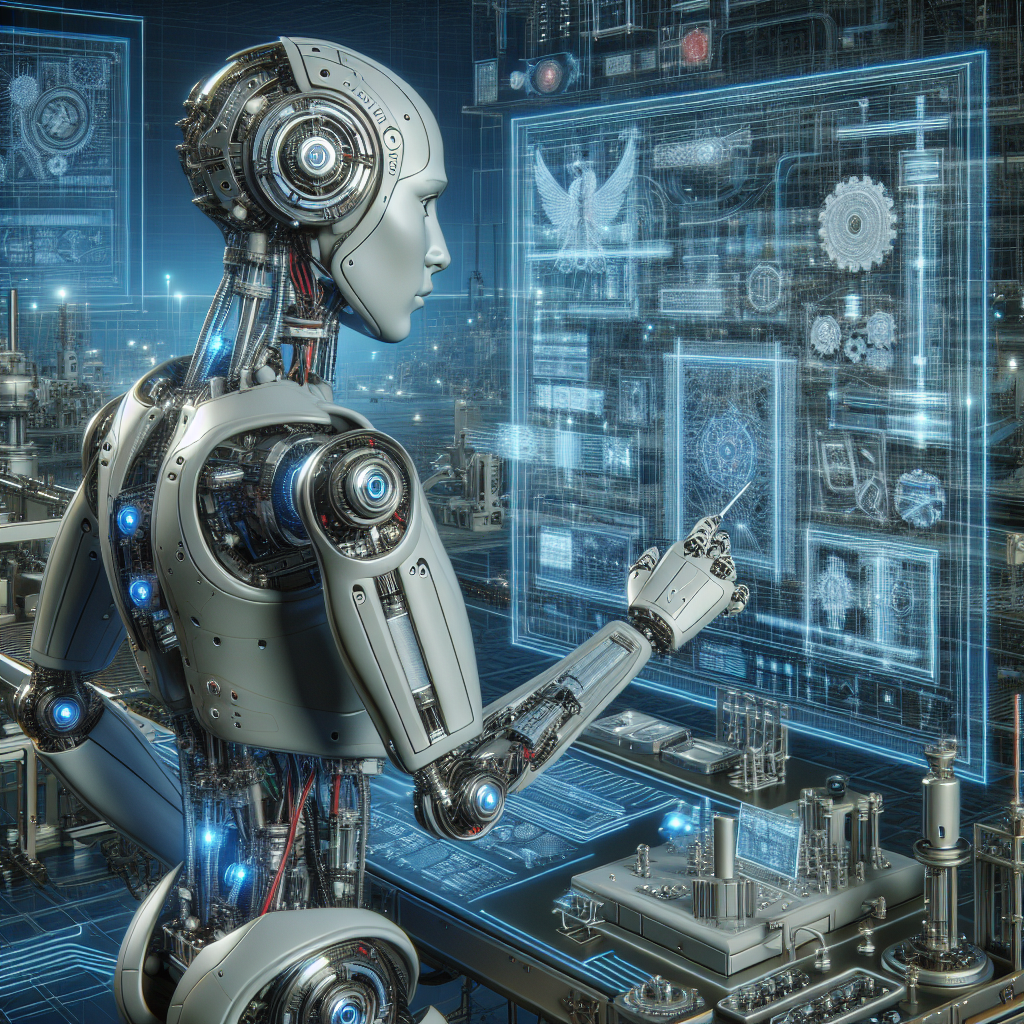
## Latest Advancements in Humanoid Robotics
In recent years, humanoid robotics has made remarkable strides, driven by advancements in both hardware and software technologies. This blog post delves into the cutting-edge research, industrial applications, and future trends shaping the field. We will explore the latest algorithms, hardware innovations, and real-world deployments that are propelling humanoid robots towards increasingly complex tasks and environments.
### Cutting-Edge Research in Humanoid Robotics
**1. Advanced Machine Learning Algorithms**
Recent advancements in machine learning, particularly in **deep reinforcement learning (DRL)**, have propelled humanoid robots to perform tasks with greater autonomy and adaptability. DRL algorithms enable robots to learn from interactions with their environment, improving their decision-making processes.
– **Proximal Policy Optimization (PPO)**: A popular DRL algorithm used for training humanoid robots to perform tasks such as walking, object manipulation, and obstacle avoidance. PPO balances exploration and exploitation, ensuring efficient learning.
– **Imitation Learning**: Utilizing datasets of human actions, robots can mimic complex tasks. Techniques like **Generative Adversarial Imitation Learning (GAIL)** are used to train robots on intricate human behaviors.
**2. Enhanced Perception Systems**
The development of sophisticated perception systems has been pivotal. These systems enable humanoid robots to interpret and interact with their surroundings more effectively.
– **LiDAR and Depth Cameras**: These sensors provide accurate 3D mapping of environments, crucial for navigation and interaction.
– **Computer Vision Algorithms**: Advances in convolutional neural networks (CNNs) and vision transformers have improved the ability of robots to recognize and categorize objects, understand gestures, and even read human emotions.
### Hardware Innovations
**1. Actuators and Sensors**
**Soft Robotics** is a burgeoning field that has significantly impacted humanoid robot design. Soft actuators and sensors offer flexibility and safety, crucial for operating in human-centric environments.
– **Electroactive Polymers (EAPs)**: These materials are used to create soft actuators that mimic human muscle movements, providing a more natural range of motion.
– **Tactile Sensors**: High-resolution sensors embedded in robot skins offer a sense of touch, enabling the robots to perform delicate tasks, such as handling fragile objects.
**2. Power and Energy Efficiency**
The quest for longer operational times has led to innovations in power systems.
– **Advanced Battery Technologies**: Lithium-sulfur and solid-state batteries offer higher energy densities and safer operations.
– **Energy Harvesting**: Systems that capture environmental energy, such as solar power or kinetic energy from movement, reduce dependency on traditional power sources.
### Industrial Applications
Humanoid robots are increasingly deployed across various industries, showcasing their versatility and potential.
**1. Manufacturing**
Robots like **Boston Dynamics’ Atlas** are used in manufacturing for tasks that require human-like dexterity and precision. Their ability to adapt to dynamic environments makes them ideal for assembly lines and quality control.
**2. Healthcare**
Humanoid robots are transforming healthcare, providing support in patient care and rehabilitation. Robots such as **SoftBank’s Pepper** assist in patient interaction and monitoring, while others are designed for physical therapy, aiding in patient recovery.
**3. Service and Hospitality**
Robots are entering service roles, from concierge services in hotels to customer assistance in retail. Their capacity to interact socially with humans while performing complex tasks is being enhanced continually.
### Future Trends
**1. Collaborative Robotics (Cobots)**
The future will see humanoid robots working alongside humans more seamlessly. **Collaborative robots**, or cobots, are designed to interact safely with human coworkers, enhancing productivity and safety in workplaces.
**2. Ethical and Societal Implications**
As humanoid robots become more prevalent, ethical considerations regarding privacy, job displacement, and human-robot interaction will gain prominence. Research into ensuring ethical AI and developing frameworks for robot governance will be crucial.
**3. Human Aug

